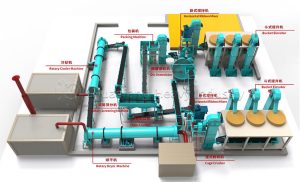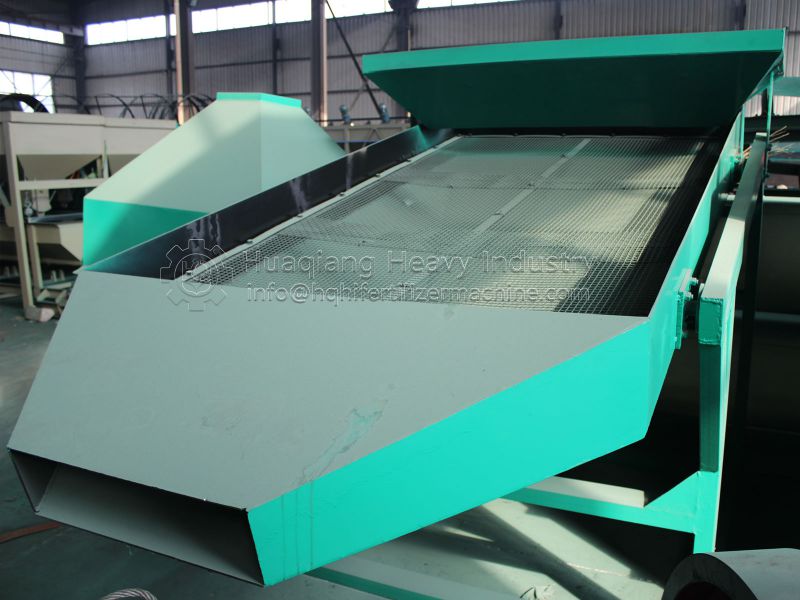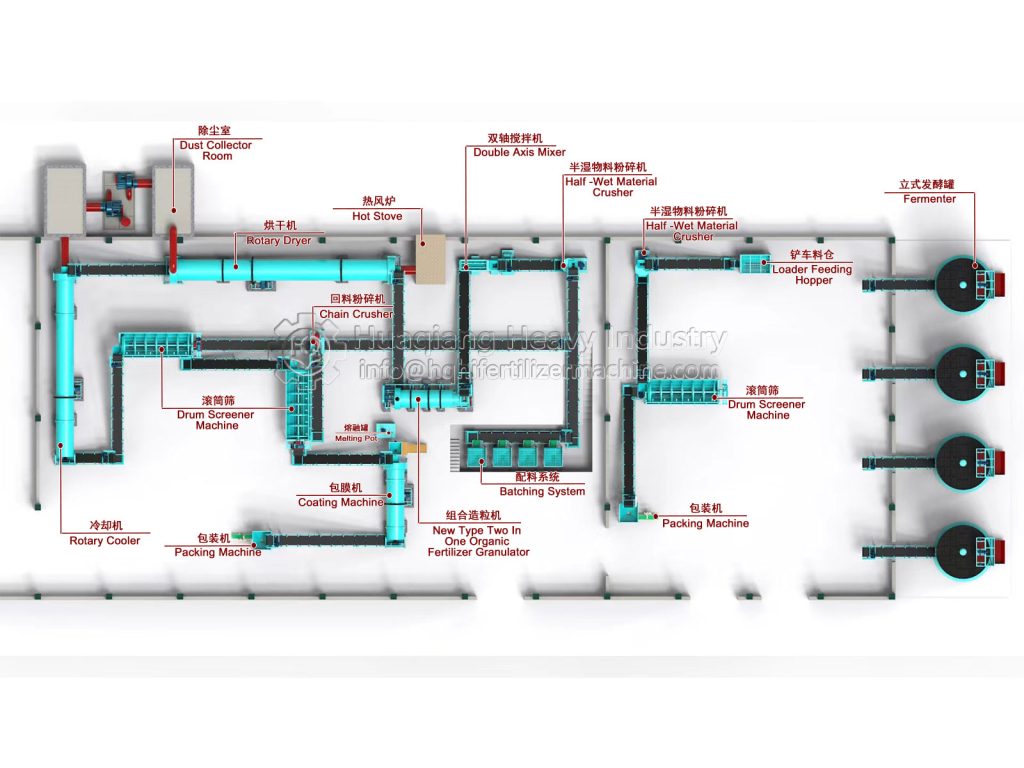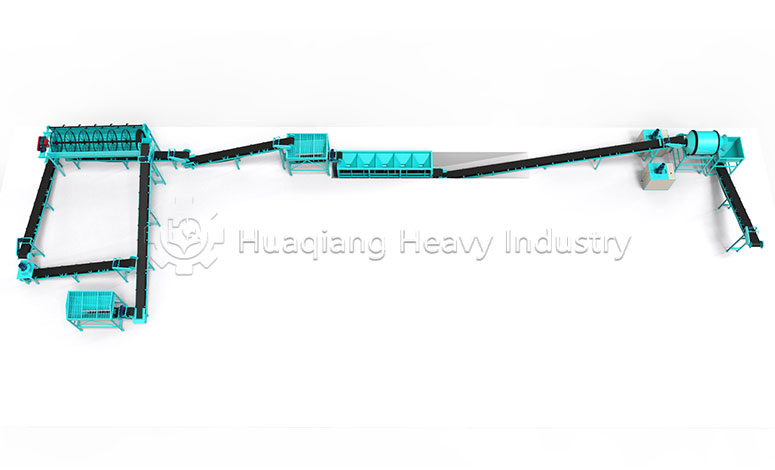Flat Die Pellet Mill Care: How to Keep Your Machine Running Smoothly?
In biomass energy, feed processing, and organic fertilizer production machine, flat die pellet mills serve as tireless craftsmen transforming raw materials. Like organic fertilizer manufacturing machines, they require regular maintenance to ensure peak performance. Proper care significantly extends equipment lifespan while guaranteeing consistent, high-quality pellet output in all applications.
.jpg)
1. Daily Checks: Prevention Is Better Than Cure
Developing a pre-operation inspection routine is crucial. Like athletes warming up before a game, we need to: check if the feed inlet is unobstructed, verify the roller-to-die gap (0.1-0.3mm is the golden distance), and listen for abnormal “moans” from the transmission system.
Pro Tip: Use feeler gauges for precise weekly gap measurements – much more reliable than visual estimation!
2. The Art of Cleaning: Details Make the Difference
After each production run, give your machine a “SPA treatment”: gently clean die surface residues with brass brushes, and use compressed air like a beauty mist to thoroughly clean die holes. Don’t forget to wipe down the equipment’s “clothing” – oil and dust are “accelerated aging agents”.
3. Lubrication System: The Lifeline of Your Equipment
Lubrication is like the equipment’s blood: the gearbox needs a “blood change” (gear oil replacement) every 800 operating hours, while bearings require “blood transfusions” (grease replenishment) every 300 hours. Remember: the manual is your lubrication bible – different parts need different “blood types”.
4. Core Components: Caring for Dies and Rollers
The die is the “heart” of your equipment – clogged holes are like blocked blood vessels. When wear appears, specialized hole-clearing tools become your “surgical instruments”. For roller surface wear, rebuilding welding technology can give them a “new lease on life”.
5. Transmission System: Maintaining the Power Source
Regularly check belt tension – too loose causes slippage, too tight leads to breakage. Gear meshing is like a relationship – it needs harmony, and “arguments” (abnormal noises) require immediate mediation.
Remember: Preventive maintenance costs are always cheaper than major repair bills. Start implementing these care steps today, and your flat die pellet mill will reward you with longer life and better performance!








